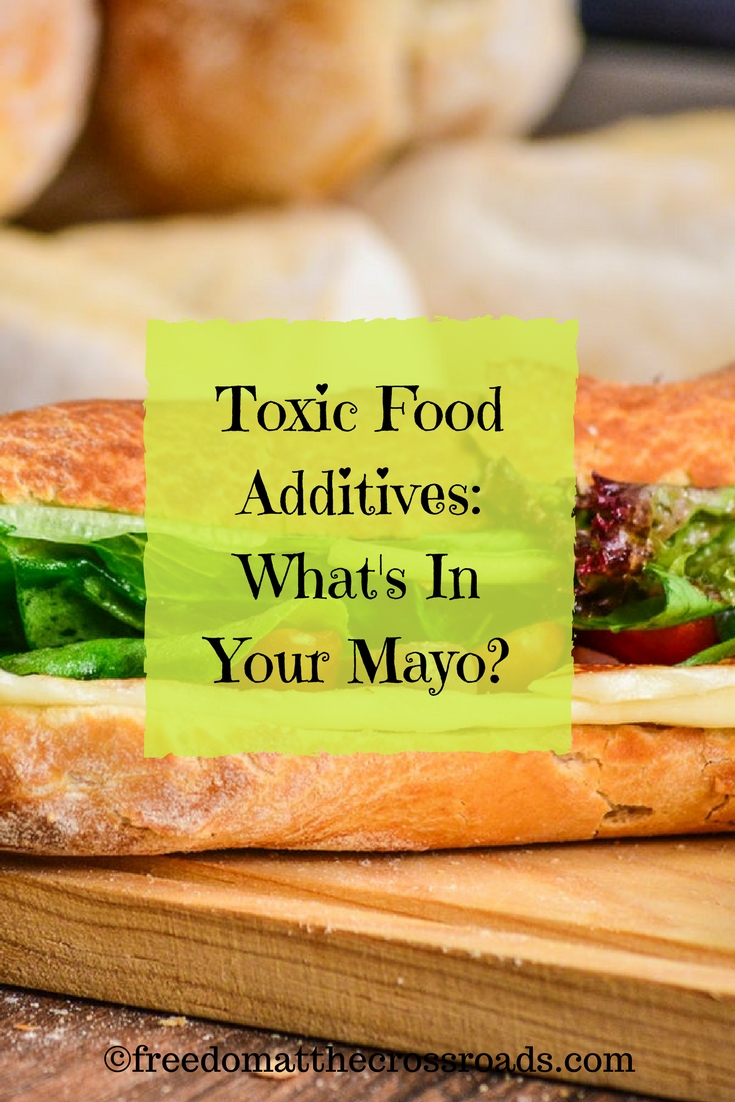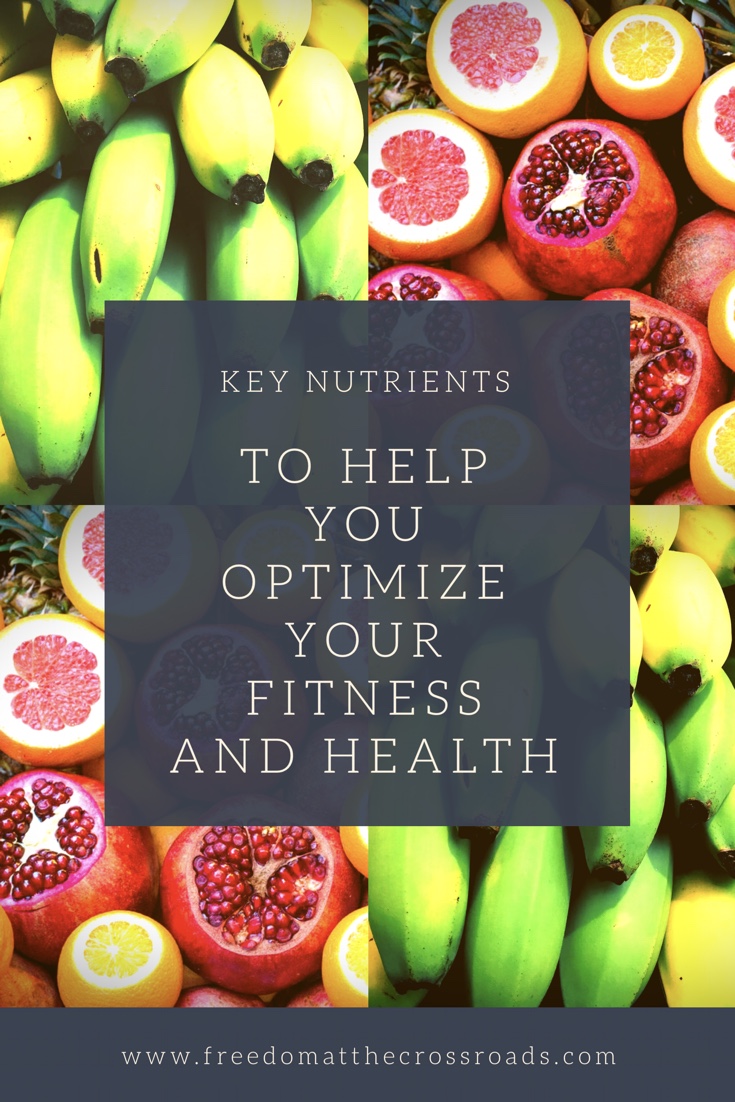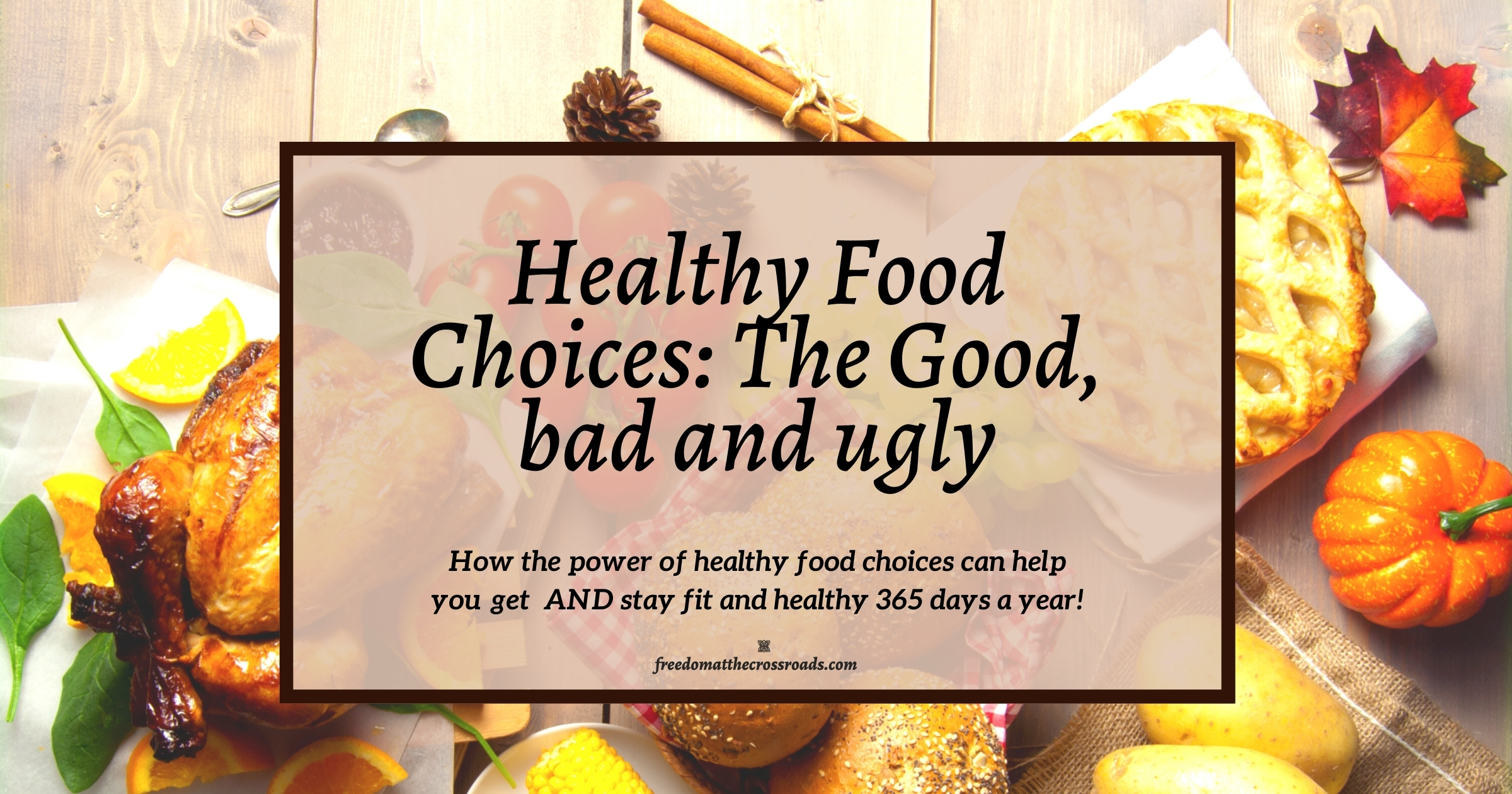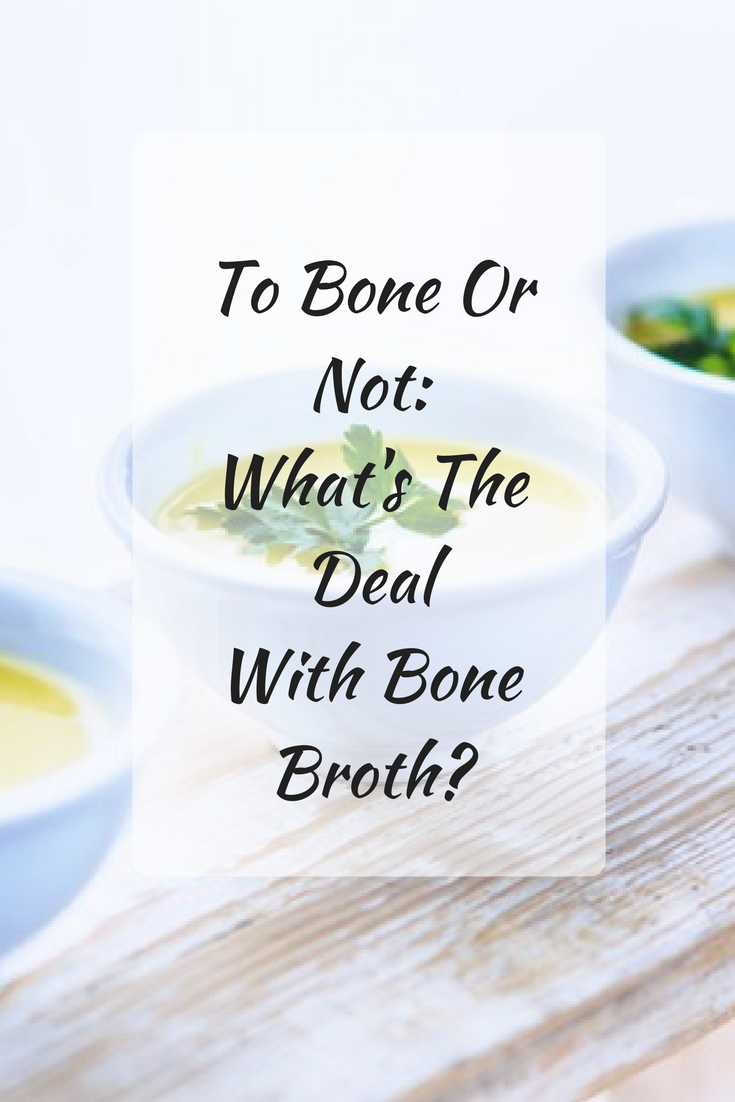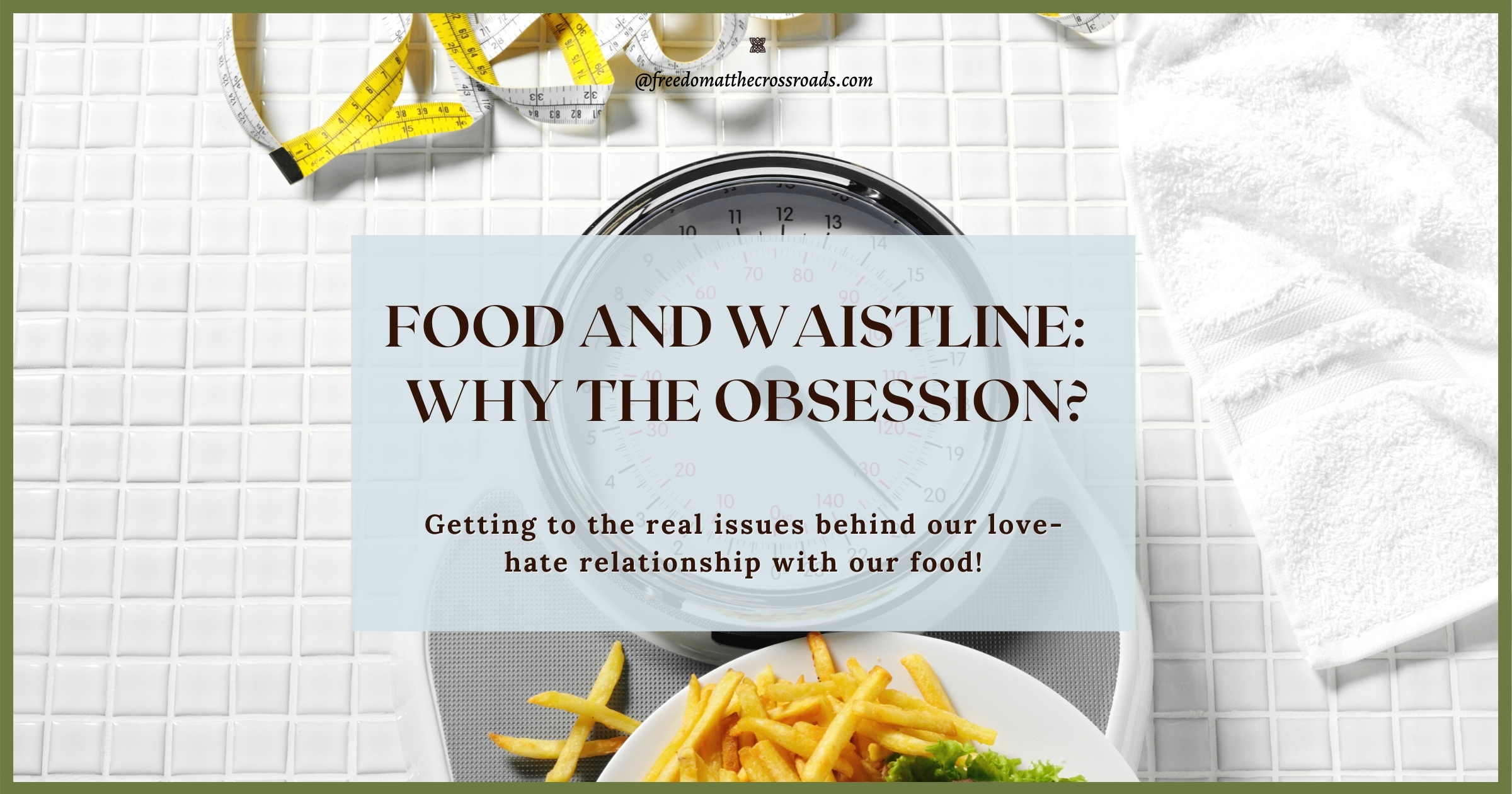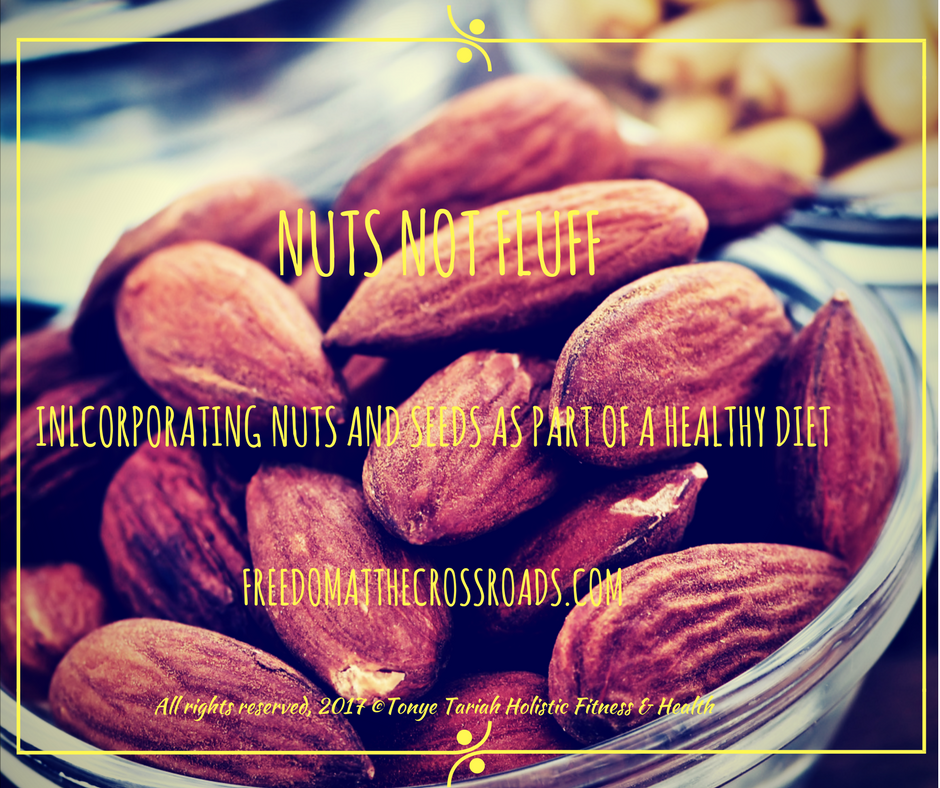[et_pb_section bb_built=”1″ admin_label=”section” _builder_version=”3.0.51″][et_pb_row admin_label=”Row” _builder_version=”3.0.51″ background_size=”initial” background_position=”top_left” background_repeat=”repeat”][et_pb_column type=”1_3″][et_pb_image admin_label=”Image” src=”http://freedomatthecrossroads.com/wp-content/uploads/2018/01/Toxic-Food-Additives_-Whats-In-Your-Mayo1.jpg” _builder_version=”3.0.51″]
[/et_pb_image][/et_pb_column][et_pb_column type=”2_3″][et_pb_text admin_label=”Text” _builder_version=”3.0.51″ text_font_size=”18″]
Sometimes I almost feel like a chemist in a laboratory when I walk through the aisles of my local supermarkets! Each time I make that trek I become more and more convinced that that’s not the place I need to be picking up items to put in my stomach. I’m convinced the packaged food aisles are simply halls of death masquerading toxic food additives as “flavor” enhancers or “benign ingredients”.
[/et_pb_text][/et_pb_column][/et_pb_row][et_pb_row admin_label=”Row” make_fullwidth=”on” background_position_1=”top_left” background_repeat_1=”no-repeat” _builder_version=”3.0.51″][et_pb_column type=”4_4″][et_pb_text admin_label=”Text” _builder_version=”3.0.51″ background_layout=”light” text_orientation=”left” border_style=”solid”]
While packaged foods can be helpful sometimes (i.e. emergency foodstuffs for disaster relief, etc), they are definitely a class of foods every person should avoid if they value their lives! Few people realize that those “packaged” foods they’re eating are loaded with toxic food additives!
Depending on what region of the world you live making sense of food labels can be a mysterious and frustrating task for the average person. For instance, here in the U.S. food label regulations and protections are ass-backward in my humble opinion.
Over the years, I’ve made it my business to become my own food and health advocate. I’ve been pouring over labels, ingredient names, questionable additives and so forth. What did I learn? Well, MY health and wellbeing are definitely not high up on the list of priorities for the packaged food industry!
Now I don’t know about you, but I LOVE my Mayo! I love it on my sandwiches and I sometimes use it as a base for some of my recipes. BUT after a bit of label reading, I was shocked to find an ingredient that is typically used in medical labs (and other industries), is showing up in my mayo! Say what? That’s right people. A dubious chemical that’s used in industrial processes and in certain medications, has a home in our mayonnaise! Everyday people seem to be missing the fact that this toxic food additive is hiding in their food!
Don’t take my word for it. When you read up on some of the “potential” health issues associated with this toxic food additive you will leave that jar of poison on the shelf too! I’m definitely not the only one raising the alarm about these toxic food additives and I am convinced that the more we rise up as consumers, the better of we will all be.
[/et_pb_text][et_pb_image admin_label=”Offering/ Lead Magnet Goes Here” src=”http://freedomatthecrossroads.com/wp-content/uploads/2017/06/Grab-Your-Pantry-Detox-Guide-As-A-GIFT-From-Us.jpg” url=”https://tonye-tariah-health-fitness.teachable.com/p/detox-pantry-guide” url_new_window=”on” align=”center” _builder_version=”3.0.51″]
[/et_pb_image][et_pb_text admin_label=”Text” _builder_version=”3.0.51″ background_layout=”light” text_orientation=”left” border_style=”solid”]
Coming from a background in the medical laboratory, I KNOW that this is nothing I want in my food. It has no business showing up on my plate! As a matter of fact, EDTA is actually banned in some countries outside of the U.S. (i.e. Australia) and is well regulated elsewhere (i.e. Europe) in its use in personal care items, etc.
EDTA is a chemical really should be in our food. The packaged food industry uses it as a stabilizer and preservative to give their products a longer shelf life-too bad it doesn’t give YOU a long shelf life!
Thanks to the organic revolution and food advocates, the use of these toxic food additives are coming to light. As a matter of fact, some of these large corporations are trying to rebrand themselves as “healthy” by doing what they should have done in the first place. What’s wrong with producing food items that are not harmful to consumers? There’s no need for “rebranding” if you don’t put questionable and toxic food additives in the foods you’re marketing to the public!
Enough with the additives already! If it’s not processed sugars, in our foods it’s chemicals with questionable impacts on our health and wellbeing. It’s up to us to help educate one another and compel our regulatory agencies and our legislators to do the right thing!
The processed and packaged food industries have done their best to hide what’s in our food as well as the origins of the ingredients they contain. Thanks to organizations like the EWG (Environmental Working Group ) and others like them, we are becoming educated about what’s in our food.
I have become a label fanatic simply to keep myself and my family from being poisoned by our food industries, which is a sad commentary on the state of our regulatory agencies here in the USA. While, I know no country has consumer protection down a 100%, we’ve got to do better starting with now.
As consumers, we need to educate ourselves about our food and demand that our legislators step up and force compliance. You really can’t trust the “fox” to “guard the henhouse”, that’s just nuts and totally ineffectual!
Bottom line? know what’s in your food and get involved in your community. It is our responsibility to rise up and demand better from the food industry and our legislators. The only way we can protect ourselves and our families is to get involved and educated about what’s in our food. I’ve found a number of online resources to help me fight back!
[/et_pb_text][et_pb_image admin_label=”Image” src=”http://freedomatthecrossroads.com/wp-content/uploads/2018/01/Name-brand-mayo-e1517034039395.jpg” _builder_version=”3.0.51″ show_in_lightbox=”off” url_new_window=”off” use_overlay=”off” sticky=”off” align=”left” always_center_on_mobile=”on” border_style=”solid” max_width=”200px” force_fullwidth=”off”]
[/et_pb_image][/et_pb_column][/et_pb_row][et_pb_row admin_label=”Row” _builder_version=”3.0.51″][et_pb_column type=”4_4″][et_pb_team_member admin_label=”Author Bio” name=”Tonye Tariah” position=”Freedom At The Crossroads Founder” image_url=”http://freedomatthecrossroads.com/wp-content/uploads/2017/06/16403040_732883533553339_4010103490960637755_o.jpg” facebook_url=”https://www.facebook.com/TonyeTariahHealthStrategist/” twitter_url=”https://twitter.com/fit_and_fab2″ _builder_version=”3.0.51″ saved_tabs=”all”]
Tonye Tariah, Holistic Health Strategist and founder of Freedom at The Crossroads Blog, helps free women from inaction and unhealthy habits so they can get fit, healthy, and live free. Her approach is “the cookie cutter method only works for cookies,” meaning she helps each person in a unique way helps them transform their lives from the inside out. She’s not about helping you lose weight quick. She’s about changing your habits and helping you fall in love with yourself so you can live a life with pure joy.
[/et_pb_team_member][/et_pb_column][/et_pb_row][/et_pb_section]
